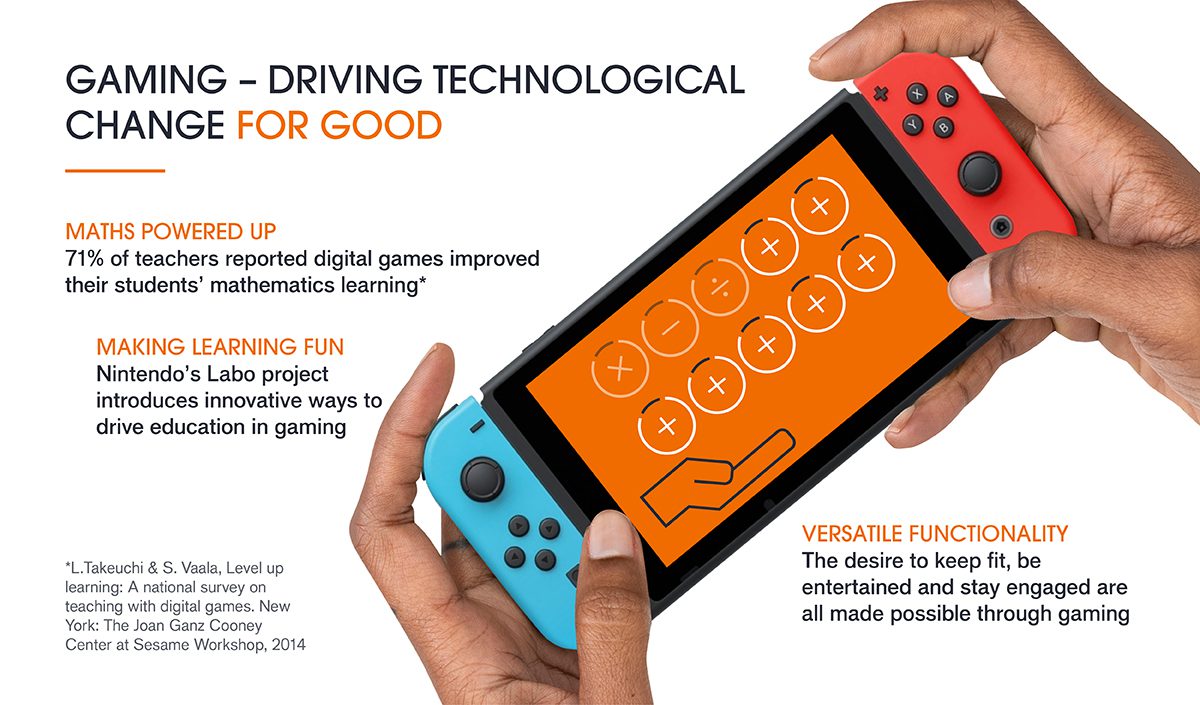Nintendo: gaming for education

Hamish Chamberlayne and Amarachi Seery, members of the Global Sustainable Equity Team, discuss how Nintendo is putting its stamp on the video gaming industry.
Driving technological change for good
Throughout the COVID-19 pandemic, video gaming has proven to be a convenient distraction for those who have been forced to reduce social contact by creating a virtual world in which people can interact. In fact, gaming accessory firm HyperX found that more than half of 13-18 year olds use gaming as a primary source to stay in contact with friends. And as technology has improved, gaming has levelled up too. The first commercially successful video game ‘Pong’ – where two players engage in a game of virtual table tennis – is a far cry from the graphics and complexity found in today’s gaming market. Today, Nintendo is using technology to make learning fun.
Gaming for education
In 2018, Nintendo launched the Labo project to enhance its educational capabilities. Nintendo Labo is a toys-to-life game that combines cardboard sheets with Labo software to allow the user to design, build and use attachments to the Nintendo Switch console. The software has been successfully developed into a classroom tool which combines hands-on creation with technology, helping to teach children communication, critical thinking, creativity, and problem-solving skills in a fun setting. Additionally, the software has been leveraged to promote STEM subjects in schools.
Improving lockdown lives

1Education Commission of The States, Economic Modeling Specialists International, 2017.
2L.Takeuchi & S. Vaala, Level up learning: A national survey on teaching with digital games. New York: The Joan Ganz Cooney Center at Sesame Workshop, 2014
3Nintendo, February 2020
